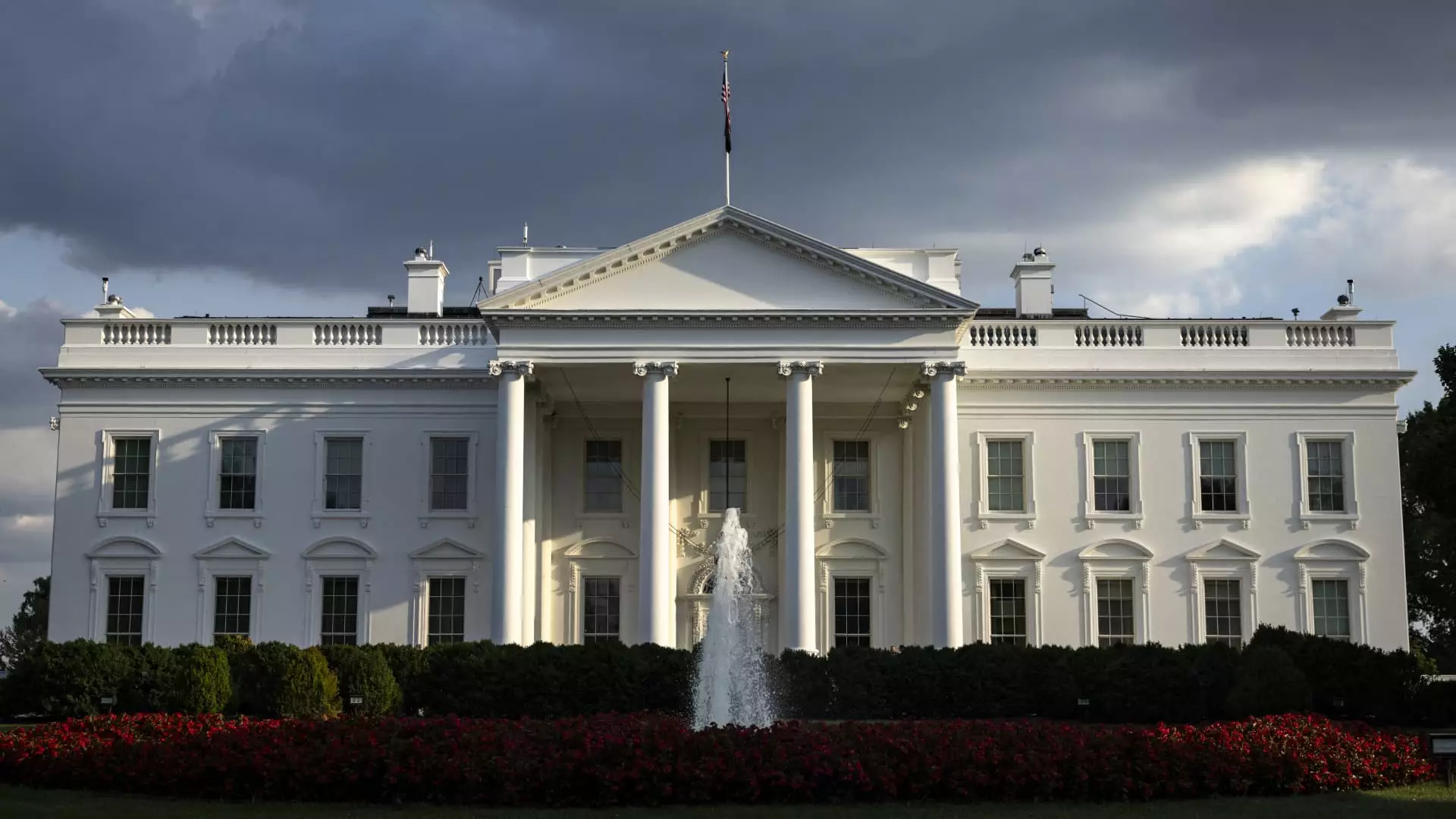As we look towards 2025, with a new administration on the horizon, there are deep concerns about how the markets and economy will be impacted. The stark differences between the policy platforms of the two major parties are a cause for uncertainty. A hypothetical handbook titled “What to Expect When You’re Electing” would delve into the policy platforms, outlining potential economic consequences. While tax cuts and deregulation may benefit businesses and Wall Street in the short term, the long-term effects on deficits and debt cannot be ignored. The potential for across-the-board tariffs leading to inflation and a global trade war could spell trouble for the economy.
Under a hypothetical second term for President Donald Trump, we could see an extension of the 2017 Tax Cuts and Jobs Act, further reductions in corporate taxes, and increased tariffs on imports. While these policies may initially boost the markets, the long-term implications, such as increasing deficits and debt, must be considered. Additionally, the promise of mass deportations could lead to a shortage of labor force, creating stagflation. The uncertainty surrounding these policies highlights the need for careful economic planning and risk assessment.
On the other hand, Vice President Kamala Harris, endorsed by President Joe Biden, may propose rolling back the Trump tax cuts, raising the highest marginal income tax rate, and increasing the corporate tax rate. These policies may not sit well with Wall Street and could lead to a stricter regulatory regime that corporations have been pushing back against. The potential for tax hikes during an economic softening could further exacerbate the risk of a recession, especially if the Federal Reserve is unable to effectively manage interest rates.
Historically, the first year of a presidential cycle has been challenging for the stock market. This uncertainty underscores the importance of locking in profits early and preparing for potential policy shifts. The profitability of the last two years may not be indicative of future performance, especially as we navigate through a post-pandemic recovery. The need to set aside rainy-day funds and hedge against unexpected events has never been more critical.
While it is impossible to predict the exact trajectory of the economy under a new administration, careful analysis and preparation are key. Understanding the potential implications of different policy platforms and market behaviors can help investors make informed decisions. As we approach 2025, it is crucial to remain vigilant, adaptable, and proactive in navigating the changing economic landscape. The future may be uncertain, but with the right strategy and foresight, investors can weather any storm that comes their way.

